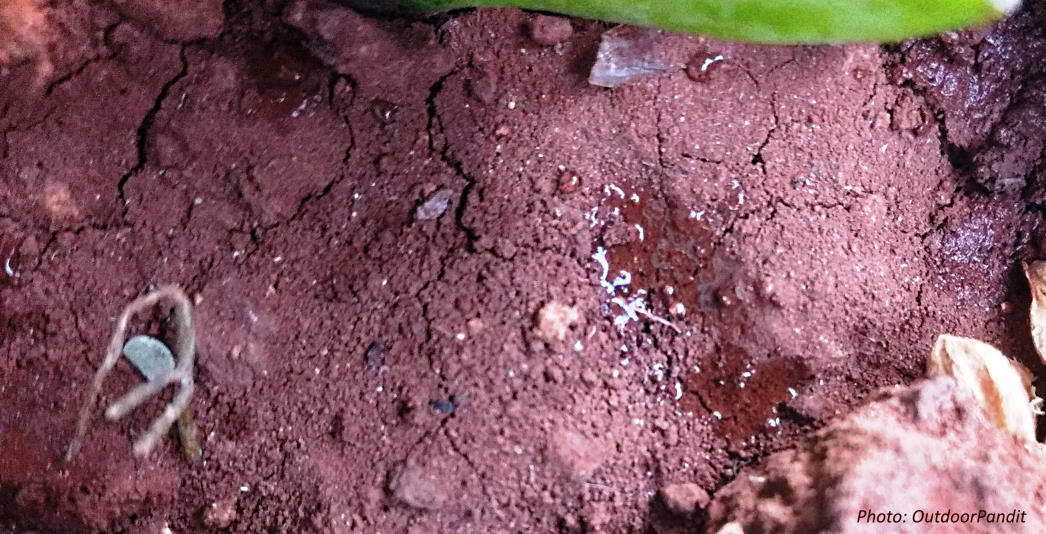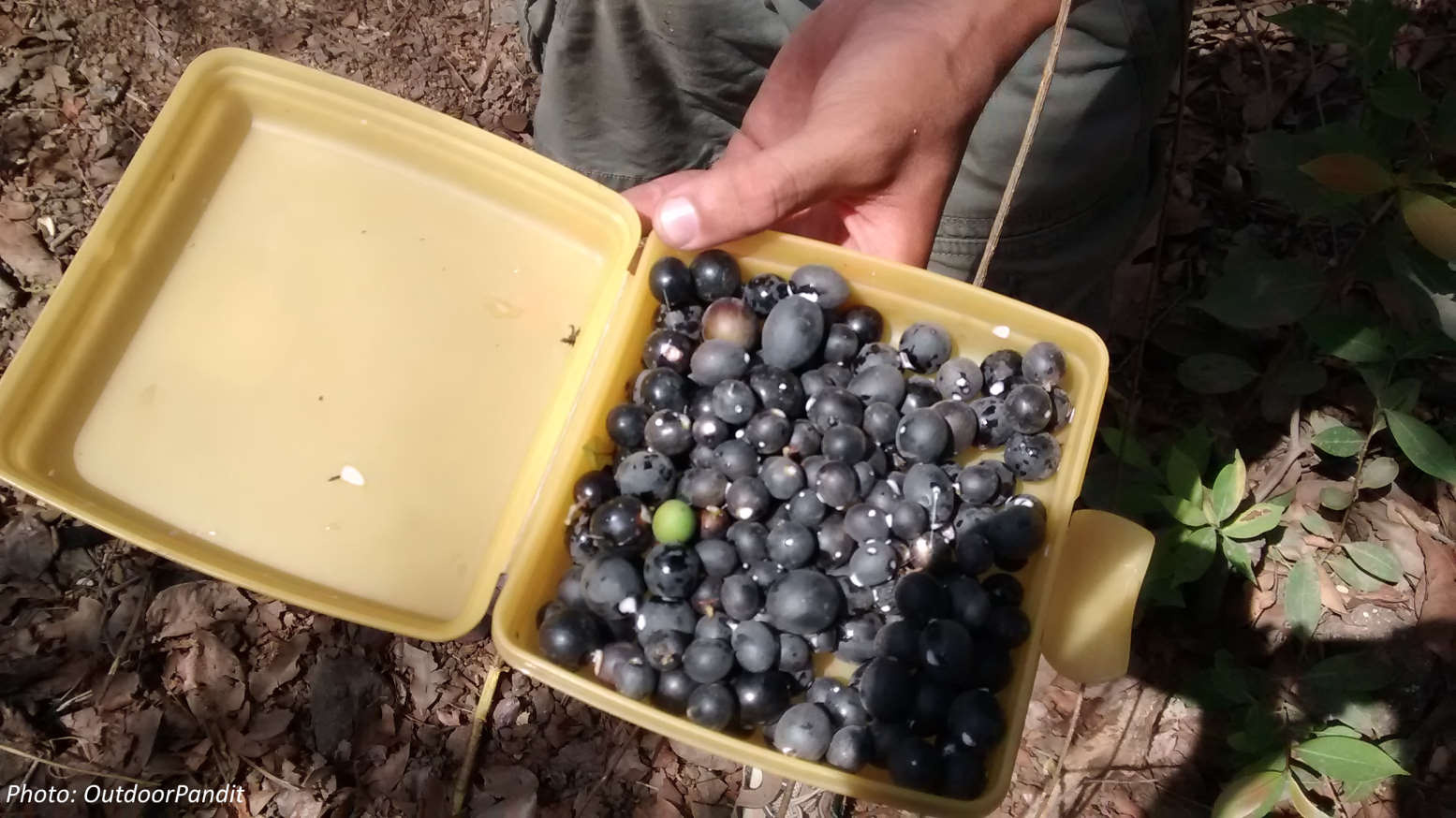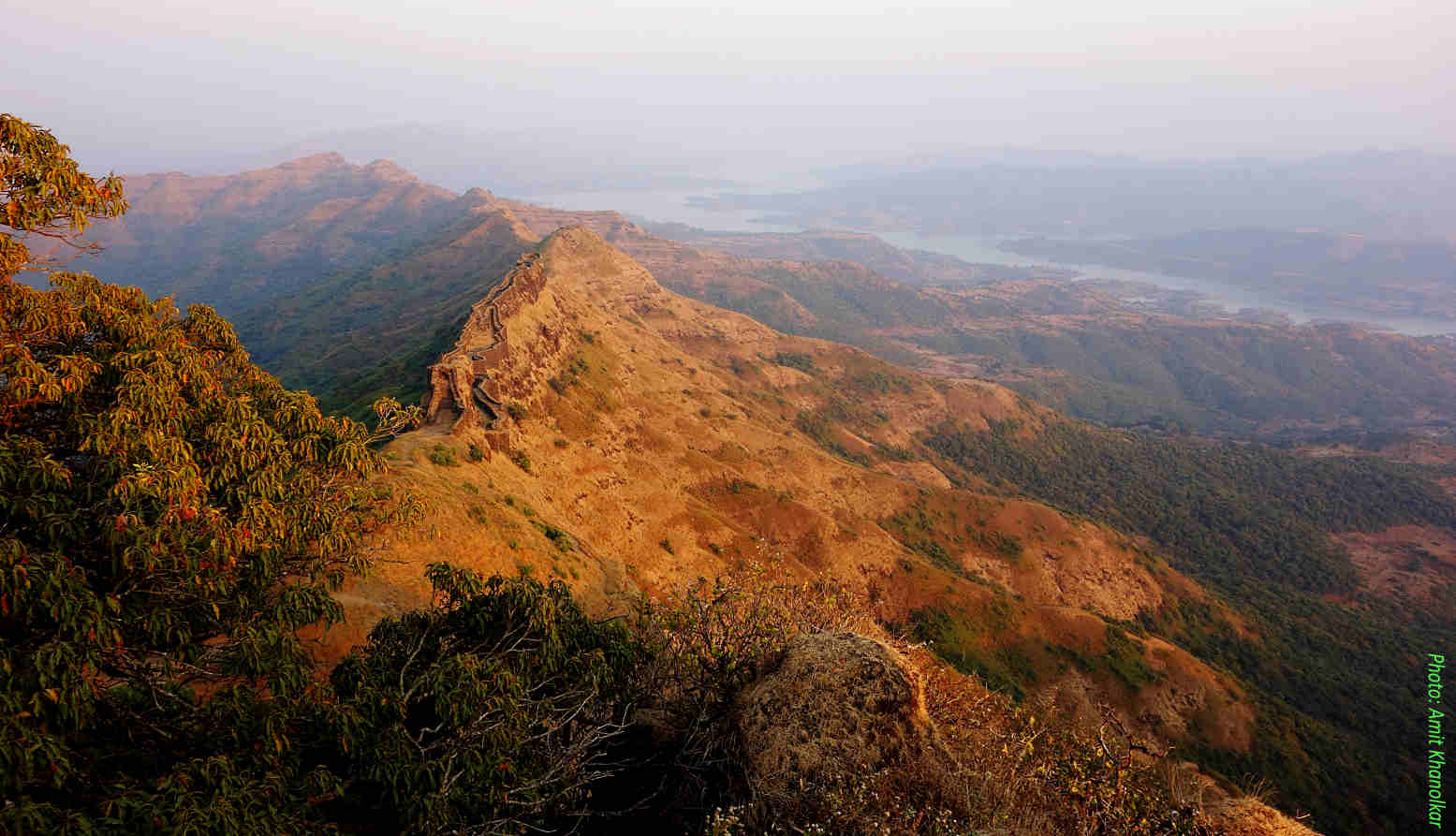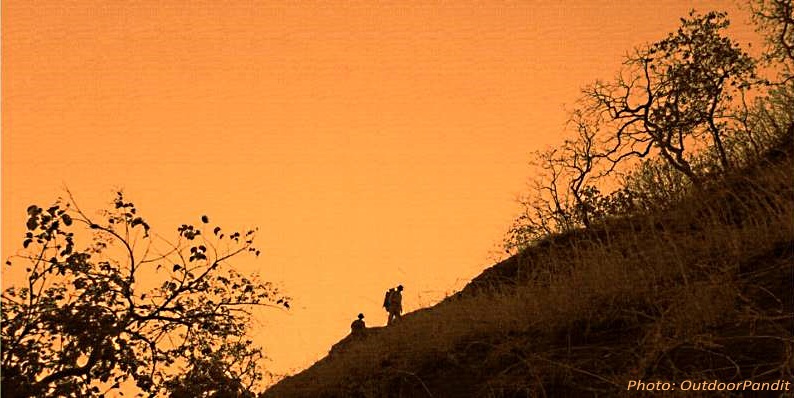* “Normally it flourishes well in regions with high temperatures” *
Summertime brings with it showers of gifts. And no I’m not talking of the pleasures of summer in North America or the UK or other European countries. I’m talking of… India! And before you think the temperatures have addled my brains where I’ve started writing baloney or have ‘gone doolally’ (came across this phrase last week… look it up – the India connection is unusual!), then let me clarify.
Ask an Indian adult an opinion on summertime and chances are that you will hear grumbles about soaring temperatures, profuse sweating, body odour, higher electricity bills, and … lower productivity! Whereas an Indian child’s eyes will inevitably light up and you will hear excited chatter about summer vacations, unlimited playtime, holidaying with grandparents, exotic fruits from woods and… mangoes! And who can forget the aroma that arises after the first few drops of a summer storm hit the soil which has lost all moisture during the span of summer? That enigmatic and incredible smell takes one back instantly to one’s childhood where one used to clamour to be let out to get wet in that first shower of the season. I remember how my friends and I used to rush up to our terrace and turn our faces to the heavens to get drenched in almost a ritualistic welcome to the rains. Talk of immersing oneself in an Experience! So one of the most cherished joys of childhood got cemented in my mind along with a strong memory of a scent.

Another memory is of relishing the black berries that were sold on streets by tribals, usually old women. ‘Myna of the mountains’, they used to call it (dongarchi myna). Later, when as a teenager I ventured out in the woods outside my hometown and came upon thickets of the shrub Carissa carandas (‘karvanda’ in local language Marathi) abundantly laden with that same fruit, my delight knew no bounds! And when I started hiking, I got introduced to a plethora of other summer fruits growing wild on the slopes of Sahyadri (Indian Western Ghats), and which I had seen only being sold in markets till then – Syzygium cumini (‘jambhool’ in Marathi), Myena laxiflora (‘aloo’ in Marathi, where the ‘l’ is pronounced with the tip of the tongue folding up to touch the back of the palate) and of course Mangifera indica (mango, ‘ambaa’ in Marathi). Needless to say, all these fruits can be enjoyed in the wild only if you hike in the Sahyadri in summers. Even today, come summer I go out to feast on nature’s bounty every year. Talk of simple joys 🙂

I am fascinated by words – their etymology and layers of underlying meanings. For instance, when I stumbled upon the word petrichor I searched for its meaning and in the process also got my amateur scientific curiosity satisfied with arcane and completely useless information: petrichor is ‘a distinctive scent, usually described as earthy, pleasant, or sweet, produced by rainfall on very dry ground’, and its main component is an organic compound called geosmin, a type of alcohol, and which lingers around moist soil and can be detected by the human nose even in ‘a few parts per trillion of air molecules’.
With such amazing stuff to enrich my life in summers, how can I ever complain about it?
There are many who refuse to hike in the Sahyadri after February till about June-end – the heat can get oppressive. Fortunately for me, I started hiking during summers when I was in my teens and had not acquired the mature adult’s distractions of discomfort. And I had got introduced to the incredibly varied dimensions of a hike in these mountains (I have touched upon some of these in my post Comprehending What’s ‘There’) which completely skewed the cost benefit ratio in favour of hiking! The heat factor literally stands alone against a host of remarkable delights of walking these mountains in summer.

So, when I look at today’s circumstances and the ponder upon my dried up source of earning along with an ever dwindling stock of savings, I wonder what should be my response to the situation. It takes an effort to dig from one’s past successes of having negotiated through trying circumstances before, to perceive beauty and detail that one can find fascinating, to rise above a burdensome feeling and be creative and explore possible avenues of going forward… one has to find the strength to persevere. Be like Carissa carandas which normally ‘…flourishes well in regions with high temperatures’ and ‘… is a hardy, drought-tolerant plant that thrives well in a wide range of soils’ (reference Wikipedia).
How does one do it? Well, each one of us has to find one’s answer to that question and solution to one’s problems. Me, I realised that I had been distracted by the work that my fellow directors and I (of a non-profit organisation) had generated when we suddenly found ourselves with a lot of time on our hands when COVID-19 brought virtually all commercial activity to a grinding halt. The non-profit works towards enhancing safety and excellence in organised adventure programmes, and our effort extends to doing advocacy work. Driven by the exhilaration of working with highly motivated friends, I took on too much and that affected my ability to think about a way forward in my professional life. It was a classic case of being driven by a larger goal that is intoxicating but at a cost, and that cost for me was in the form of two crucial aspects: required level of self-awareness and situational awareness. Sense prevailed at some point of time and I decided to curb my voluntary work temporarily. It took some time to make myself redundant in all except one project (had to close down that one because it depended on a specific skill set of mine) before I could take leave of a few months. Those few months gave me the mindspace to explore new directions of work, study possibilities and identify one specific training that enabled building on my strengths, and initiate things that should (hopefully!) lead me to start earning again.

Distractions. They are all around us, and they need not necessarily be in the form of harsh environmental factors, like we saw in my example above. I am strongly reminded of something that I had read in an instructor resource that NOLS gave me in the form of ‘Leadership Educator Notebook’ where an article on resilience by senior NOLS instructors Marco Johnson and John Gookin quotes Kimberly Gordon, PhD from an interview: “Resiliency… is the ability to thrive, mature, and increase competence in the face of adverse circumstances or obstacles.”
